Have you ever wondered what happens to your tire pressure when you ride through different temperatures? How much does it change? Should you pump your tires up inside or outside? These are all things I recently started thinking about. There are a few rules of thumb but I wanted to know why. If you’ve had some of these same questions, or I’ve sparked your interest, I hope you enjoy the article below.
How A Tire’s Air Pressure Changes
It’s important to know that there are two ways for a tire’s air temperature to change.
- Ambient Air Temperature Change: If you pump your tires up inside your house where the air temperature is 72 degrees, and then move the wheels outside where the air temperature is 30 degrees, the temperature of the air inside the tires will eventually drop to 30 degrees as long as there are no mechanical interferences.
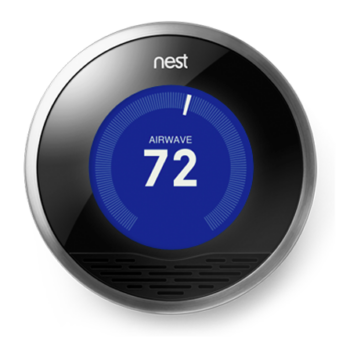
- Mechanical Change: The three most common ways that a tire’s air temperature will change mechanically is from the sun’s radiation, from friction when the tire deforms during riding, and from brake heat. When the sun’s rays hit a tire, it naturally increases the temperature of the tire and therefore the air inside the tire. When you ride a bike, the tire deforms near the contact patch. The deformation causes friction and increases the temperature of the tire and therefore the air inside the tire. Finally, when you brake, the friction of the pads and the rim creates heat that transfers to the air in the tire.
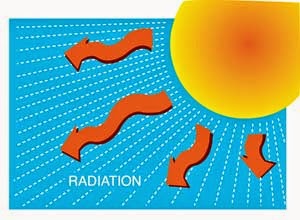
Quick Rule Of Thumb: Tire Pressure Changes 2% Every 10 Degrees
If you read about tire pressure changes due to temperature changes, you will find that people say for every 10 degrees Fahrenheit, tire pressure will change approximately 2%. That means if you start at 70 degrees fahrenheit and increase the temperature to 80 degrees Fahrenheit, you will increase the tire pressure 2%. Likewise, if you start at 70 degrees Fahrenheit and lower the temperature 10 degrees to 60 degrees Fahrenheit, you will lower the psi by 2%.
Proving A Tire Changes 2% Every 10 Degrees
To prove this we need to discuss the Ideal Gas Law and do a bit of math.
The Ideal Gas Law states the following.
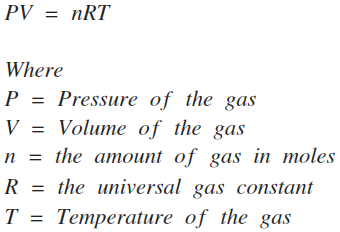
The units for the variables above are as follows.
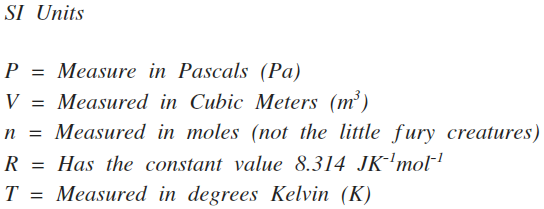
Note: To make things simple, I will use degrees Fahrenheit and and psi in the discussion. The math below will show all of the conversions if you want to see how we move between the different units.
Setting A Base Line
I am going to assume that we start with 100 psi at 70 degrees Fahrenheit. Knowing this, I can calculate the tire volume we will use for each future calculation. Since we know the amount of gas will not change, we can assume that n = 1 and remove it from the Ideal Gas Law equation.

Now that we have the initial air volume, we can calculate the change in tire pressure for every 10 degrees Fahrenheit. I will show one example below for an increase in ten degrees to 80 degrees Fahrenheit and then provide tables with multiple values. Note: Remember that these changes are for the first cause of tire temperature change, a change in the ambient air temperature.
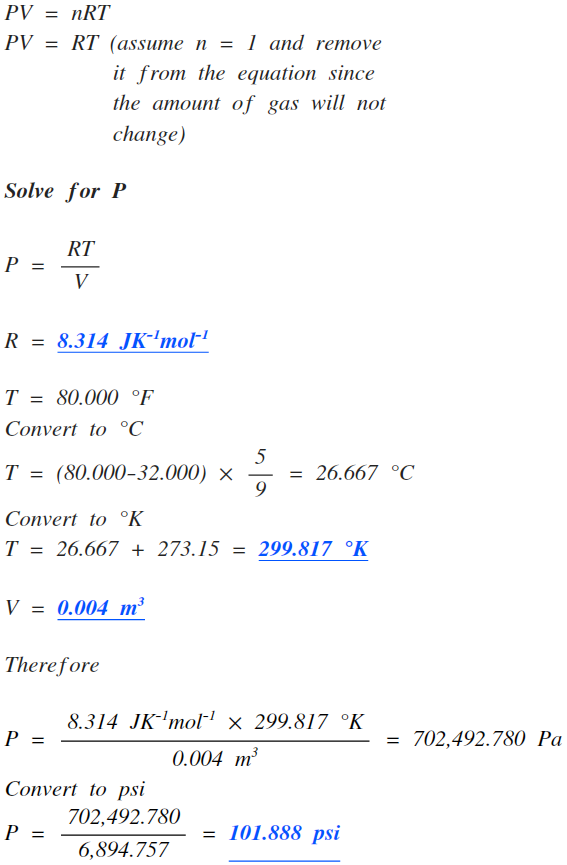
The difference is 1.888 psi or approximately 2% which is what the rule of thumb says. The table below shows a number of different psi values when starting at 100 psi and 70 degrees Fahrenheit.
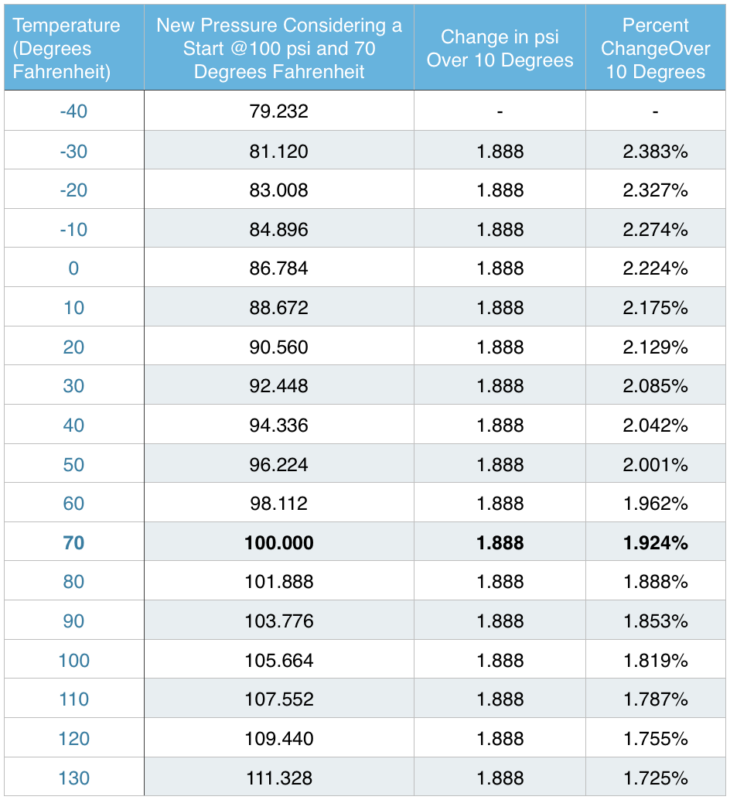
To show that the 2% rule works at a different psi I also started with 50 psi at 70 degrees Fahrenheit. You can see the table below.

Tire Pressure Recommendations and “Cold Tire Pressure”
When you read a recommended tire pressure from a manufacturer, what does this mean? The tire pressure recommendations are “cold inflation pressures”. Cold tire pressure means that the tire has not been ridden and has been sitting for a while. A car before the sun breaks in the morning that has been sitting overnight is a good example of cold tire pressure. If you plan to ride on a winter’s day but store your bike inside your house, you may experience a drop in tire pressure when you go outside. It is true that the mechanical friction will raise the tire pressure and eliminate some of the drop. Ultimately, the temperature effect is not nearly as dramatic as many might think.
Final Thoughts
Ultimately, I don’t think that you really have to worry about tire pressure and temperature changes. This is especially true if the ambient temperature where you pump your tires up is close to the ambient temperature where you are riding.
If however, you are going to experience an extreme drop in temperature you may want to leave your bike and pump outside for a while before you pump your tires up or add a few psi for the upcoming change. The opposite is true if you plan to raise the temperature to an extreme after you start your ride. I’ve ridden at 110 degrees Fahrenheit after leaving a house that was 70 degrees Fahrenheit. In reality, I could have dropped the psi a bit to account for the increase but to be honest I thought more about the heat of my body than the temperature of the air in my tires.

Co-founder at FLO Cycling. Jon manages the day to day operations and acts as the lead engineer for all FLO products.
